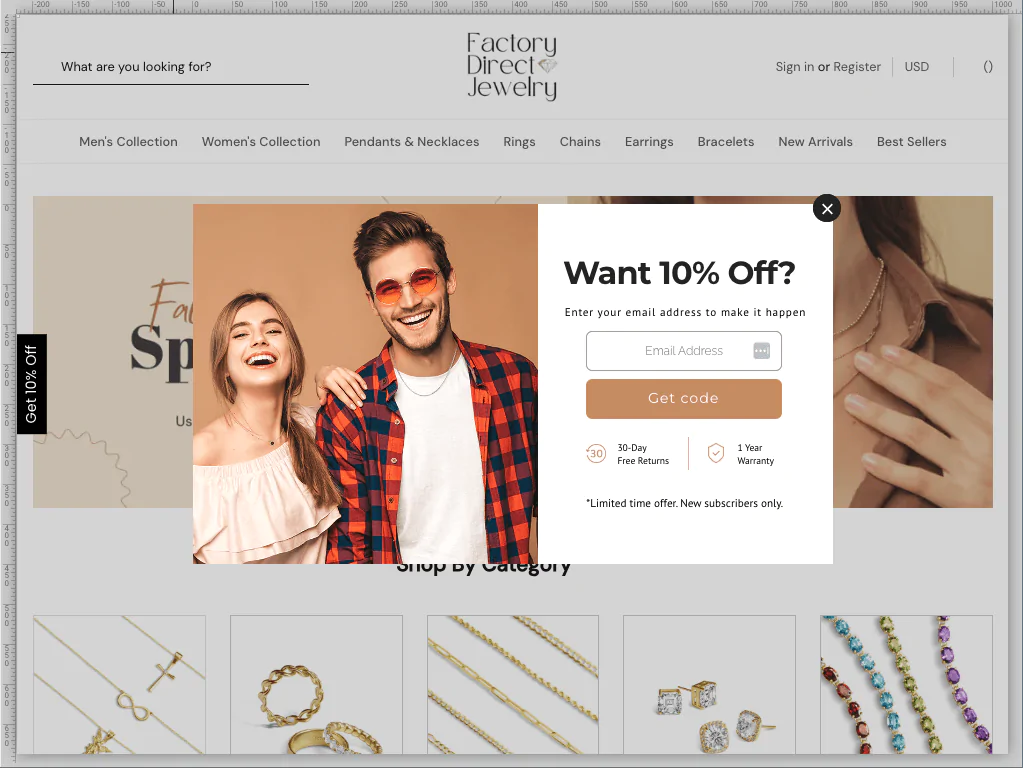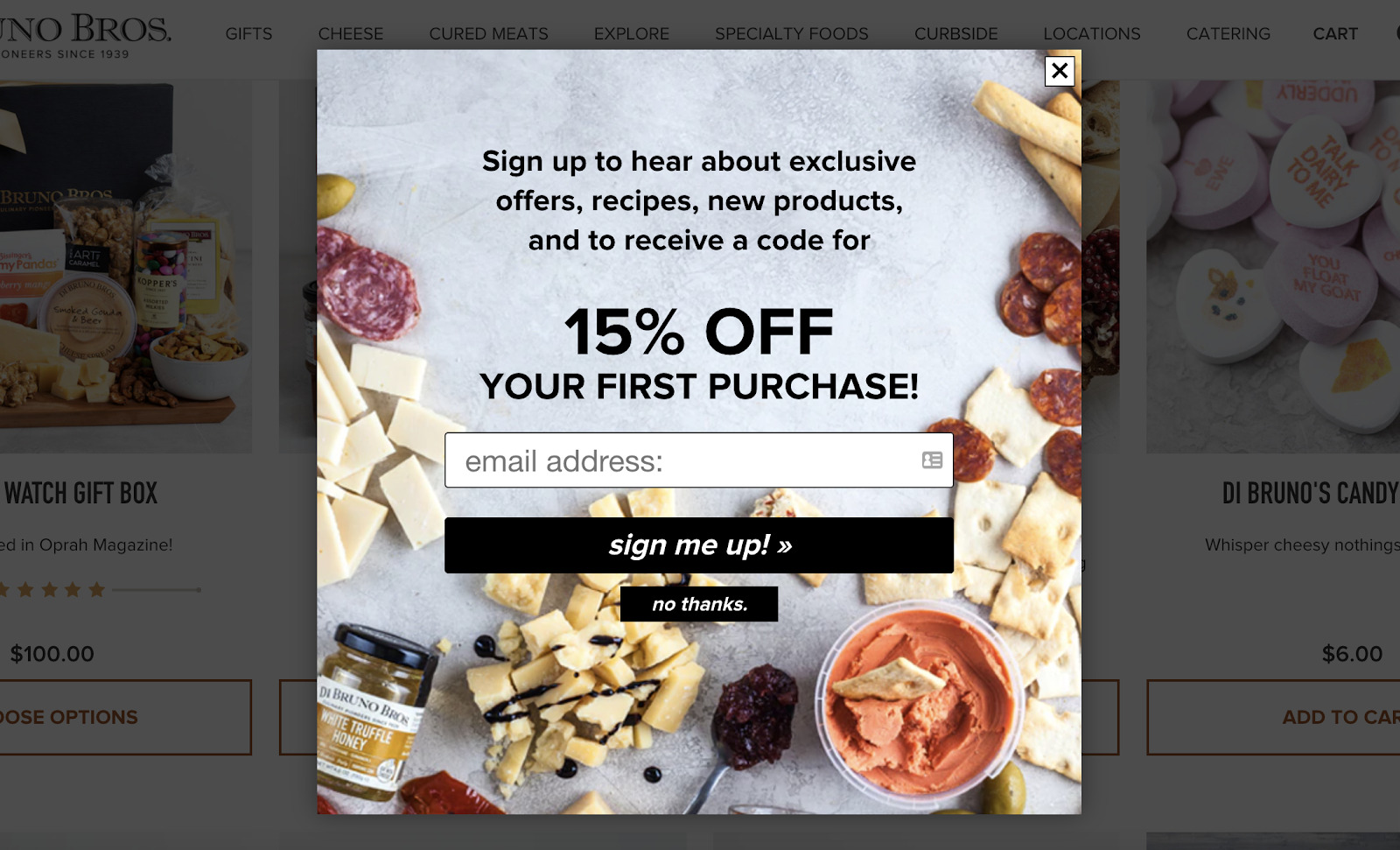
How to synchronize your pop-ups with your marketing campaigns to boost sales?
Did you know that the seamless integration of your pop-ups with your marketing campaigns can significantly increase your sales? Such synchronization ensures consistent and targeted communication, enhancing your visitors’ engagement. In this article, discover proven strategies to effectively align your pop-ups with your marketing initiatives and thus optimize your business performance.
1. Strategies to align your pop-ups with your marketing campaigns
In today’s digital landscape, the seamless integration of pop-ups with your marketing campaigns is essential to optimize conversion rates. This section explores key strategies to effectively synchronize your pop-ups with your marketing initiatives, ensuring a consistent and engaging user experience.

1.1. Consistency between the pop-up message and the ongoing campaign
Ensuring uniformity between the content of your pop-ups and your marketing campaigns strengthens your brand’s credibility and enhances the user experience. For example, if a promotional campaign highlights a special offer, the corresponding pop-up should accurately reflect this offer, using consistent visual and textual elements. This approach eliminates any confusion and guides the visitor towards the desired action.
1.2. Personalizing pop-ups based on customer segments
Segmenting your audience allows for targeted messaging, thus increasing relevance and impact. By tailoring the content of pop-ups to different customer segments, you address the specific needs of each group. For example, offering an exclusive discount to new visitors or special offers to loyal customers can encourage engagement and conversion. This personalization demonstrates a deep understanding of your audience and strengthens customer relationships.
1.3. Optimal timing for displaying pop-ups
The timing of when a pop-up appears greatly influences its effectiveness. An early display may be perceived as intrusive, while a late display may miss the opportunity to engage the visitor. Therefore, it is crucial to analyze user behavior to determine the optimal timing. For example, triggering a pop-up after the user has spent a certain amount of time on the site or when they show exit intent can prove effective. A/B testing can also help identify the best moment to display your pop-ups by comparing different strategies and analyzing the corresponding conversion rates.
By applying these strategies, you can align your pop-ups with your marketing campaigns in a consistent and effective manner, thereby enhancing the user experience and increasing your conversion rates.
2. Best practices for optimizing the impact of synchronized pop-ups
Aligning your pop-ups with your marketing campaigns requires the adoption of proven strategies to maximize their effectiveness. This section presents key recommendations for optimizing the impact of your synchronized pop-ups.

2.1. Attractive and responsive design
A neat and adaptable design is essential for capturing visitors’ attention without disrupting their browsing experience. According to OptiMonk, it is recommended to test the responsiveness of your pop-ups on different devices, including mobile, to ensure an optimal user experience.
Tips for effective design :
- Visual consistency : Ensure that the colors, fonts, and images of your pop-ups are in harmony with your brand’s visual identity.
- Readability : Use clear fonts and appropriate text sizes to facilitate quick reading of the message.
- Simplicity : Avoid overloading the pop-up with too much information or graphical elements. A clean design promotes understanding and engagement.
2.2. Clear and enticing call to action
The call to action (CTA) is the heart of your pop-up. A well-formulated CTA guides the user towards the desired action and increases conversion rates.
Characteristics of an effective CTA :
- Clarity : The message should be precise and clearly indicate what the user should do, for example, “Download your free e-book”.
- Urgency : Incorporate time-based elements to prompt immediate action, such as “Limited offer” or “Last days to take advantage”.
- Visibility : Use contrasting colored buttons and place them strategically to make them easily noticeable.
2.3. A/B testing and performance analysis
The continuous optimization of your pop-ups involves regular testing and thorough analysis of results. A/B testing allows you to compare different versions of your pop-ups to identify which perform best.
Steps for effective analysis :
- Define variables to test : This may include design, text, timing of appearance, or placement of the pop-up.
- Collect data : Use analytics tools to track user interactions with each tested version.
- Interpret results : Identify elements that generate the most engagement and adjust your strategies accordingly.
By applying these best practices, you can not only improve the user experience on your site but also significantly increase your conversion rates through pop-ups perfectly synchronized with your marketing campaigns.
By synchronizing your pop-ups with your marketing campaigns, you create a consistent user experience that drives conversions. Solutions like Poosh facilitate this integration, thereby optimizing customer engagement and boosting your sales.